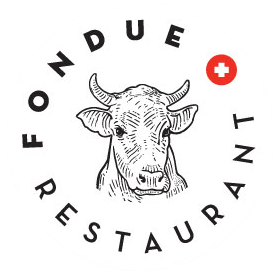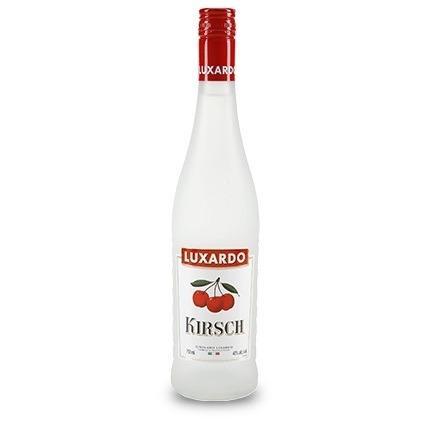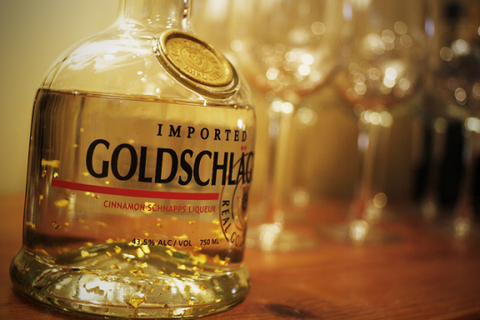Switzerland can surprise you not only with its high standard, beautiful nature and varied cuisine, but also with its variety of alcoholic and coctail drinks, as some of them have very ancient and interesting story.
Do you know, for example, that in the XVII century, in Switzerland people have been drinking so much that in Europe has become popular the expression: „He drinks like a Swiss”?
However, the consumption of so much alcohol in Switzerland was not due to the fact the population loved too much the alcohol, but because water was not fit for drinking, so the Swiss served wine with every meal, also the gave wine to the patients in the hospitals instead of water, they drank wine before, during and after work.
Later on, their habits have changed and nowadays the Swiss drink moderately and enjoy every sip of the alcohol. But let’s stop discussing the alcoholic habits of Switzerland, because it is time to introduce you to the most popular Swiss alcoholic and cocktail drinks.
Traditional Swiss alcoholic and cocktail drinks
Wine
Nowadays wine is one of the most produced and consumed alcoholic drinks in Switzerland.
Wine-production in the country has a very ancient history that dates back to Roman times. There is evidence that the Swiss have produced wine since the II century B.C.
In the Middle Ages, wine was produced mainly in monasteries, but gradually Switzerland began to grow grapes and produce wine.
Swiss wines, though not so well-known in the world, are magnificent, dense and fresh. Unlike the French and Italian wines, which are better when they have matured, the Swiss ones, and especially the wines produced near the Geneva Lake, are the best when they are young.
Most of the Swiss wines are white, but there is also a good rosé and aromatic red wines.
If you have the chance, try one of the following wines:
- Gamaret/Garanoir Zürichsee
- Fläscher Pinot Noir
- Barrique Saliser
- Chardonnay
- Pinot Noir – Alte Reben
Beer
Until the XIX century, mainly wine was consumed and produced in Switzerland, but then something happened that changed the rules of the game. So, in the XIX century a disease attacked the Swiss vineyards and spoiled the entire harvest. Then in the German-speaking part of Switzerland, people began to produce beer, borrowing the beer production technology by Germany, a country with a long history in tradition of beer production.
Nowadays, beer ranks second after wine consumption among the Swiss. And if we have to be completely honest, we can say that in the German-speaking part of Switzerland the consumption of beer exceeds that of wine.
We won’t mention popular brands, because the types of light, dark and seasonal beer that are produced in the country are so many that is conscientious for us to distinguish a particular brand at the expense of another. Just all Swiss beer brands are good, so if you have the chance…go ahead and try all.
Liqueurs/brandy and coctail drinks
Other drinks you know well and that came from Switzerland are the liqueurs.
Originally, „liqueur” was called only one drink, which resembled the German Schnapps andwas usually prepared at home.
Later on, however, the production of liqueurs has increased, and nowadays you can try various types of liqueurs, as the most popular are Pflümli (fruit brandy that is produced by fermented plums), Träsch (fruit alcoholic drink that is produced from a special variety of very aromatic pears), Himbeergeist (schnapps of well ripe and fermented raspberries), Appenzeller Alpenbitter (herbal liqueur that is used for the preparation of cocktail drinks), Kirsch (a liqueur or, rather, Swiss brandy that is made from cherries).
We pay special attention to Kirsh because it is one of the favorite traditional and even specific Swiss alcoholic drinks.
The drink is made from fermented, double-distilled cherry juice and it has the aroma of cherries and almonds. Unlike the other types of Swiss liqueurs, Kirsh is not sweet, but rather resembles fruit brandy. It is usually consumed clean and as aperitif, but can also be added to cocktails.
„The green fairy” – Absinthe
We cannot miss but mention the most specific Swiss drink absinthe. The birth place of this alcoholic drink is Couvet (Val-de-Travers of Switzerland), where in XVIII century, the French physician Pierre Ordinaire, in search of a cure for various ailments, created absinthe.
It is a strong alcoholic drink that is made from wormwood, green anise, sweet dill and many other herbs. Traditionally, the drink has green color, (that is why it is also called „the green fairy”), but its color may also be colorless. Somewhere it is described as a liqueur, but since there is no added sugar in it, the absinthe is more like a brandy.
The strong alcoholic drink was very popular in the XIX and the beginning of the XX century, especially among the bohemian social circles. In 1907, Switzerland forbids the production of absinthe by law, because in many countries the drink is considered to cause hallucinations and damages to the brain.
In 2005 the ban on absinthe production has been lifted and today several distilleries in Switzerland are again producing and offering high-quality absinthe.
Goldschläger
This is another typical Swiss alcoholic drink, which is produced only in Switzerland and for several years in Italy. Goldschläger is a kind of cinnamon brandy in which swim… golden flakes. The name of the brandy comes from German and Goldschläger menas „Golden leaves”.
Interesting… For years, it has been argued whether the golden flakes in the alcoholic drink are really gold. It turned out that the producers of Goldschläger strictly observe the recipe for the production of the drink and the golden flakes in it are not only gold but also 24-carat cold.
Many years ago, when the production of the cinnamon brandy began, the golden flakes were added because at that time alchemy was very popular, and people believed that gold has healing properties. Nowadays the golden flakes are added in order to keep the tradition alive and because the drink looks even more attractive.
If you have thought, however, that you can get enough gold for a ring from a Goldschläger bottle, we will disappoint you, because the gold content in a bottle of the drink is only 0,01 grams.
But you can fully enjoy the taste of this specific Swiss alcoholic drink if you order „just one” or if you try some of the cocktails that are prepared with Goldschläger.


![[:bg]Швейцарските алкохолни и коктейлни питиета[:en]Swiss alcoholic and cocktail drinks[:]](https://fondue.bg/wp-content/uploads/2019/01/swiss-drinks-cover.jpg)


